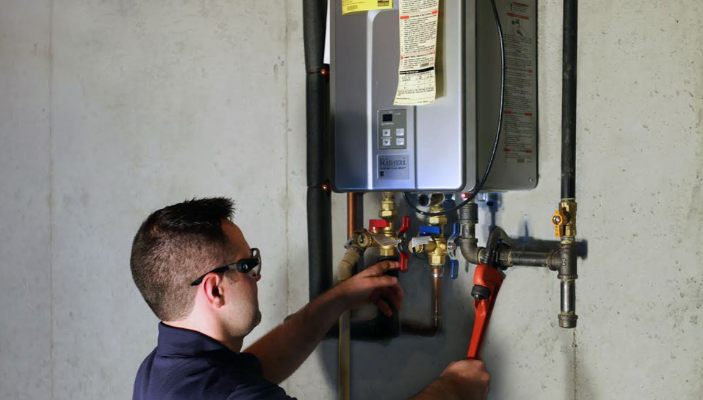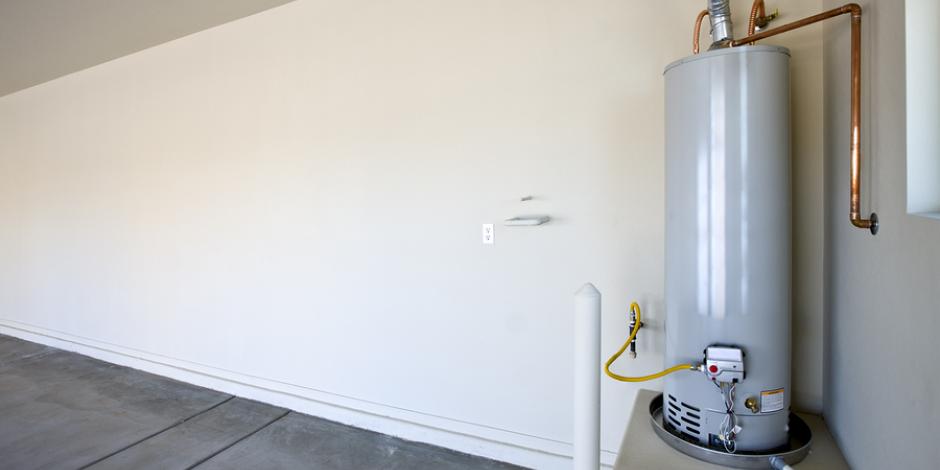Just how do you feel in regards to Tips For Maintaining Your Hot Water Heater?

Hot water is crucial for daily convenience, whether it's for a rejuvenating shower or cleaning dishes. To guarantee your hot water system runs successfully and lasts longer, normal maintenance is crucial. This post gives practical ideas and insights on just how to maintain your home's warm water system to stay clear of interruptions and pricey repair work.
Intro
Preserving your home's hot water system could seem overwhelming, however with a few easy steps, you can guarantee it operates efficiently for years to find. This overview covers everything from recognizing your hot water system to DIY upkeep tips and understanding when to call in expert aid.
Importance of Preserving Your Warm Water System
Normal maintenance not only expands the lifespan of your hot water system yet also ensures it operates effectively. Disregarding maintenance can result in reduced performance, greater power bills, and even early failing of the system.
Signs Your Hot Water System Requirements Upkeep
Recognizing when your hot water system needs interest can avoid major problems. Watch out for indications such as irregular water temperature, unusual sounds from the heating system, or corroded water.
Recognizing Your Warm Water System
Prior to diving right into maintenance tasks, it's valuable to comprehend the basic components of your hot water system. Generally, this includes the hot water heater itself, pipelines, anode poles, and temperature controls.
Regular Monthly Maintenance Tasks
Normal monthly checks can aid capture small concerns before they escalate.
Flushing the Water Heater
Flushing your water heater removes sediment accumulation, improving efficiency and prolonging its life.
Checking and Replacing Anode Rods
Anode rods prevent corrosion inside the container. Evaluating and changing them when broken is critical.
Evaluating and Readjusting Temperature Level Setups
Readjusting the temperature level setups makes sure optimal performance and safety.
Do It Yourself Tips for Upkeep
You can execute numerous upkeep jobs on your own to maintain your warm water system in top condition.
Checking for Leaks
Consistently check pipes and links for leaks, as these can lead to water damages and higher costs.
Checking Pressure Relief Valves
Checking the stress relief valve ensures it operates properly and protects against extreme stress buildup.
Shielding Pipes
Insulating warm water pipes lowers warm loss and can conserve energy.
When to Call an Expert
While DIY upkeep is advantageous, some issues call for expert knowledge.
Complex Concerns Calling For Professional Aid
Instances include significant leakages, electrical troubles, or if your hot water heater is consistently underperforming.
Routine Professional Upkeep Advantages
Professional upkeep can include thorough evaluations, tune-ups, and making certain conformity with safety and security requirements.
Verdict
Regular upkeep of your home's hot water system is essential for effectiveness, longevity, and price savings. By complying with these pointers and understanding when to look for professional assistance, you can make certain a dependable supply of warm water without unexpected disturbances.
How to Maintain an Instant Hot Water Heater
Before tinkering with your hot water heater, make sure that it’s not powered on. You also have to turn off the main circuit breaker and shut off the main gas line to prevent accidents. Also turn off the water valves connected to your unit to prevent water from flowing into and out of the appliance. 2. When you’re done, you have to detach the purge valves’ caps. These look like the letter “T” and are situated on either side of the water valves. Doing so will release any pressure that has accumulated inside the valves while at the same time avoid hot water from shooting out and burning your skin. 3. When the purge valves’ caps are removed, you have to connect your hosing lines to the valves. Your unit should have come with three hoses but if it didn’t, you can purchase these things from any hardware or home repair shops. You can also get them from retail stores that sell water heating systems. Read the user’s manual and follow it to complete this task properly. When the hosing lines are connected, open the purge port’s valves. 4. You should never use harsh chemical cleaners or solutions when cleaning your unit. Make use of white vinegar instead. It should be undiluted and you’ll probably use about 2 gallons. 5. Now flush your water heater. This task should probably take about 40 minutes. We can’t give you specific directions for this because the procedure is carried out depending on the type, model and brand of your heater. With that being said, refer to the user’s manual. 6. When you’re done draining the unit, you have to turn off the purge port valves again. Remove the hosing lines that you earlier installed on each of the water valves. Put the valve caps (purge port) back in their respective places and be very careful so as not to damage the rubber discs that are found inside these caps. 7. Now that everything’s back in place, check your user’s manual again to find out how to reactivate your water heating system. 8. Once it is working, turn one of your hot water faucets on just to let air pass through the heater’s water supply pipes. Leave the tap on until water flows smoothly out of it. https://www.orrplumbing.com/blog/2014/september/how-to-maintain-an-instant-hot-water-heater/

I found that page about Water Heater Maintenance Tips You Can't Afford to Forget when doing a search on the web. Are you aware of someone else who is serious about the subject? Please feel free to promote it. We treasure your readership.
Call Today